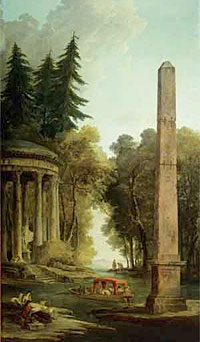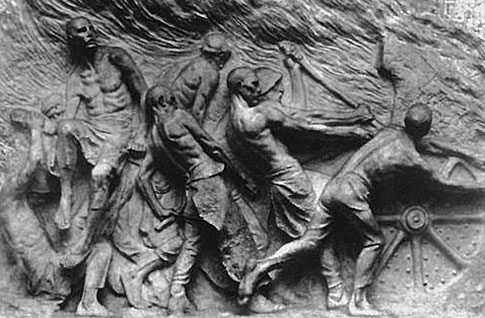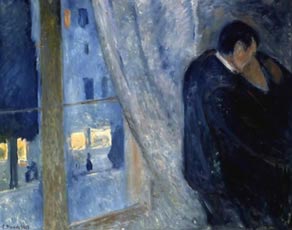What is your power, Amulet?
 Talisman “Knock on the tree” For a long time, trying to protect themselves, people endowed various objects with mystical, supernatural properties. Different charms, talismans, amulets have long had different meanings, but they all had one function – to protect and protect people.
Talisman “Knock on the tree” For a long time, trying to protect themselves, people endowed various objects with mystical, supernatural properties. Different charms, talismans, amulets have long had different meanings, but they all had one function – to protect and protect people.
Amulet considered the subject, which was attributed to the miraculous ability to protect the owner from disaster, illness and “evil spell.” Amulet attributed the magical property to protect or protect people and animals, especially the warrior and his horse, house and utensils, tools and weapons from evil demons and envious people. Amulets could be security and well-being, signs or objects, such as semi-precious and precious stones. The amulets were worn as ornaments on the neck, on the fingers or on the hand, sewn to the clothes. Clay amulets, made in the form of masks, hung in houses and workshops. Amulets could even make up a piece of clothing, for example, a bull in Etruria, which Roman boys later wore as a golden capsule before adolescence.
Amulet made of stone “Happiness together” For the first time the amulet was mentioned in Pliny and meant a remedy against poison. To date, there are several versions about the origin of the word amulet. According to one version, the word amulet comes from the Latin amoliri, scil. fascinum, which means reflection of the spell. Another version that the word amulet comes from the Arabic hamala – to wear.
It is not known for certain which country is considered the birthplace of amulets. Amulets, talismans, charms, and other security items were met and are found in many countries, with the only difference that in some they were more common, in others less.
For example, the most ancient amulets were found in Egypt, and were made in the form of a Scarab.
Among the Greeks, the protective device was called phylacterion and was put on by the child at birth. The same custom was with the Romans, who used for this tile of different shapes from different materials with mysterious signs or phrases.
In Babylon, cylindrical and subsequently conical seals were a very common type of amulets. Their prints and clay tablets residents of Babylon, and later the Assyrians exchanged at the conclusion of a variety of transactions.
In India, cowry shells are widespread. The protective properties of the shells were explained by the fact that they looked alike with the head of a snake that opened its mouth. It was believed that an evil person, having conceived to harm a person, would surely hold his gaze on such a shell, become interested and distracted, and the evil eye would lose direction and power.
Hebrew amulet, bringing success in commerce, incomes Most of the Hebrew amulets were wearable jewelry or clothing items, that is, intended solely for personal use.
In ancient Christianity, chest crosses, phylacteries and medals were considered the most common security tools, but they were not considered amulets, as they were Christian symbols and were allowed by the church. However, at that time talismans, amulets, amulets and other security objects were often enough met.
The church constantly fought against magical, protective means, as they were a legacy of paganism, and passed into it, according to various sources, from the Gnostic sects. But, despite these strict prohibitions amulets, did not cease to exist and “survived” to our days.
Amulet of bone Male Spirit-patron Now amulets, talismans, charms, and other security items are widely used in our lives. They are still condemned by the church, but at the same time, in my opinion, they have become even more popular. Today they can be found more often and it is much easier to learn about them than even 5 years ago, not to mention the distant past.
Now you can easily find information on how to make the amulet yourself, how to charge it correctly, even there are rules for using amulets and talismans. In almost any bookstore you can find literature on this topic. Or find this information on the pages of numerous sites devoted to this topic. Now, even many of these sources suggest not to risk, making the amulet itself, but to buy a ready-made amulet or talisman in special salons. And the windows of occult shops offer the widest selection of products and guarantee their success. In such stores, today you can find a dream amulet, a peace amulet, a passion amulet, a navigation talisman, a happy palm talisman, an evil eye amulet, a providence shield amulet, good luck envelopes, money mats and many other products to solve any problems.
Do amulets and talismans really solve their master’s problems? Can wards really protect and protect? If so, then what is the mystical power of amulets? And if it is not? Then why do so many people believe in them?
Perhaps the condemnation and prohibitions of the church played their part, because, as is known, the forbidden fruit is always sweet, especially if it is wrapped in a magical halo of mystery.



